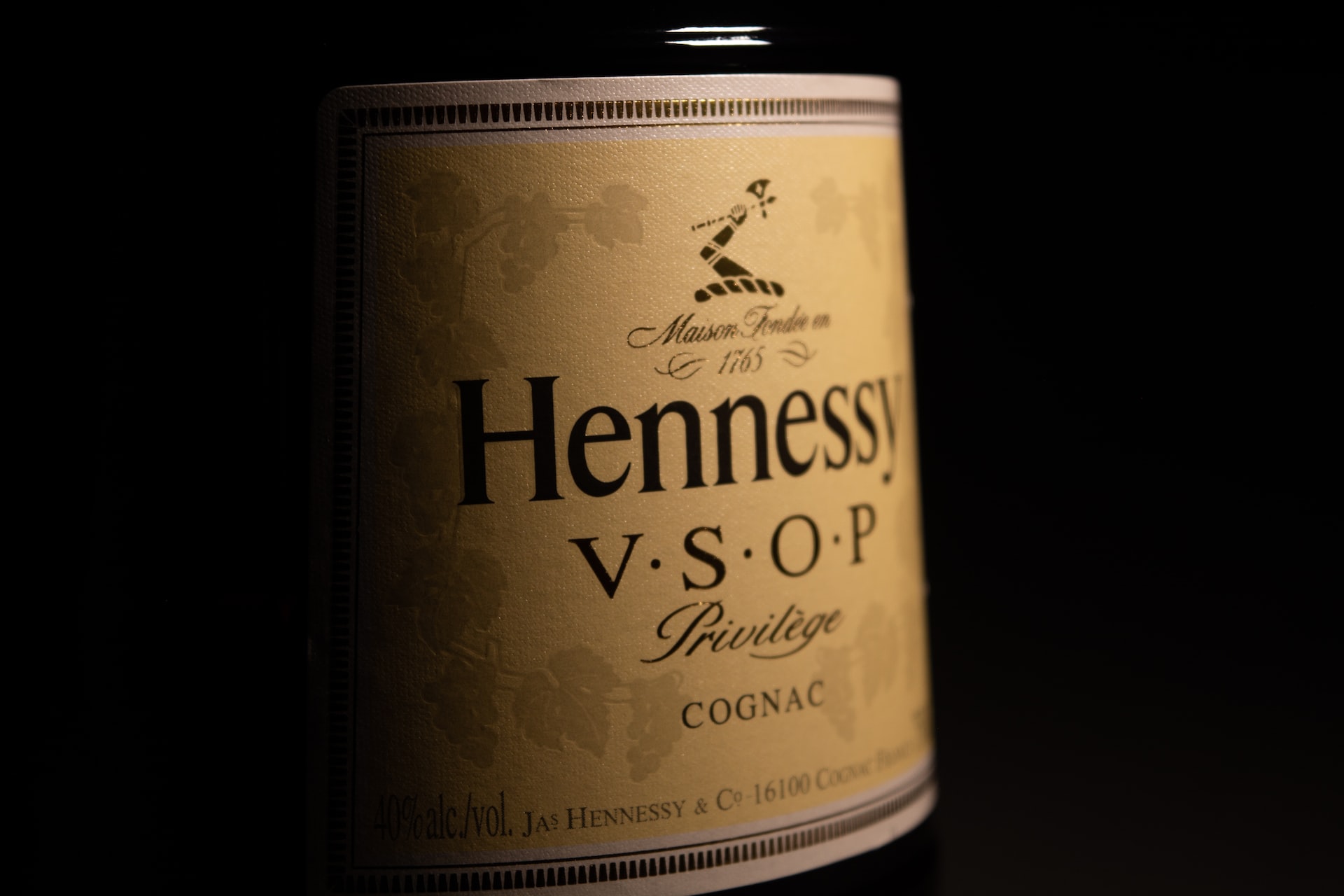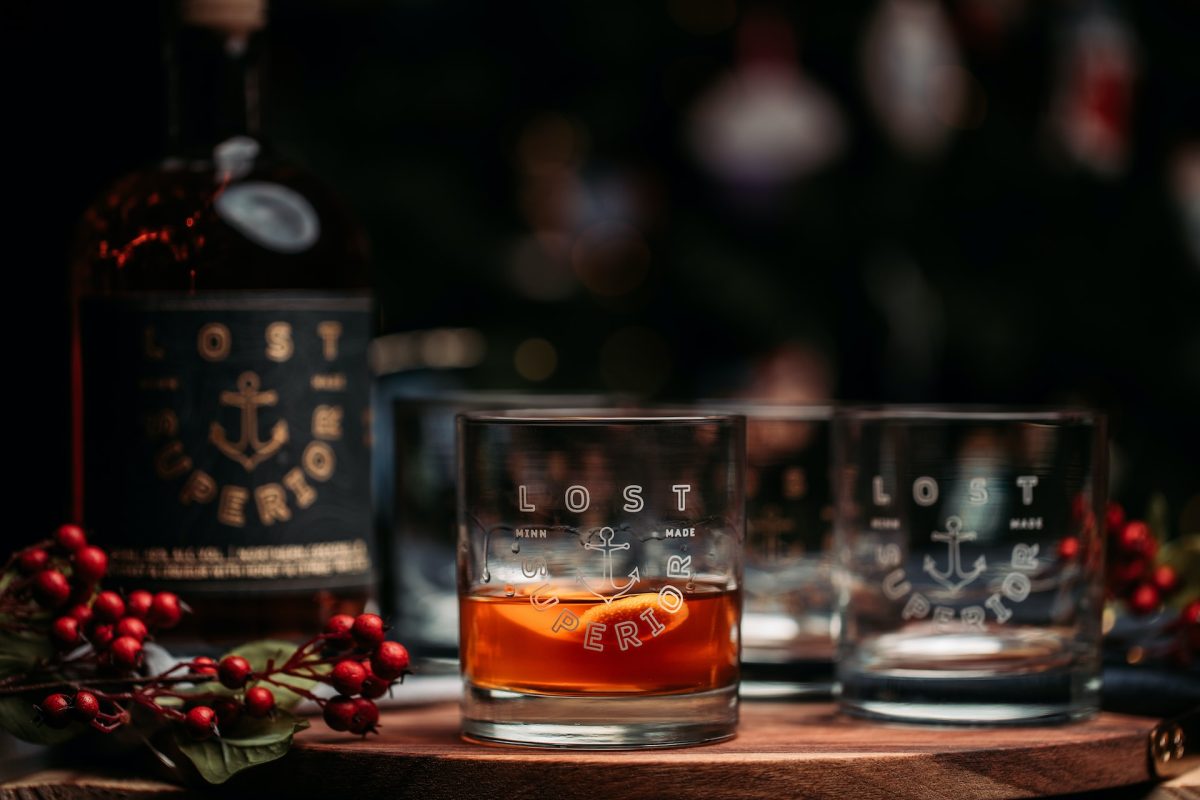Uncovering the World of Cognac Wine
Whether you enjoy Cognac as a digestif or mix it into a cocktail, it is never a bad idea to keep a bottle on your pub cart.
Let's look at what kind of spirit it is, how it is made, and how to drink it differently.
Fundamental concepts about Cognac:
- Cognac is a type of brandy that must belong to the cognac region of France. Consider it like Champagne which is a sparkling wine, but not all sparkling wine is Champagne. Likewise, Cognac is a brandy, but not all brandy is Cognac.
- The main grape utilized in Cognac is Ugni Blanc. However, small quantities of Picpoul (known in France as Folle Blanche), Colombard, and a few other varieties are also an essential part of Cognac preparation.
- Brands that Cognac includes Hennessy, Courvoisier, Rémy Martin, and Martell.
Benefits of investing in Cognac
- Wanting to invest in Cognac is not a bad idea because, in times of financial turmoil, the worth of precious metals, such as gold, always increases. And therefore, for a long duration, fine wine has been noticed as an excellent choice for investing money. Limited editions of cognac, in particular, such as Remy Martin Louis XIII Black Pearl, for example, and older eaux-de-vies are exceptionally desirable to collectors.
- Investing in cognac provides one significant edge over fine wines in that once the Cognac is bottled, it doesn’t age and usually doesn’t spoil. This quality of Cognac shows that if stored accurately, it lasts for an extended duration keeping both the drink and your investment safe.
- And because of the limited availability of such cognacs, the demand exceeds supply; the worth generally continues to boost. It will help if you look at some of the recent sales of aged Cognacs at auction to notice how the selling price usually finishes far higher than the pre-auction. This estimate will help you to understand why investing in some good bottles could nicely be a money-winner.
Enjoy Cognac Drinking in many ways
- Traditionally, people enjoy Cognac either as an aperitif or digestif, with minimal consumption during meals.
- Other ways to drink Cognac include drinking it neat, coupling it with a cigar, icing it, or mixing it into a cocktail; however, it may strike your mood.
- Many Cognacs are explicitly prepared with cocktails in mind.
What is Fortified wine
- From hanging out at a loved one's dinner party or having fun at a night out at your favorite restaurant, there are high chances that you have had fortified wine. Although mostly served as a dessert wine or digestif after a meal, many people also enjoy fortified wine as an aperitif before a meal.
- Fortified wine is a wine that possesses a distilled spirit, such as brandy. In addition to its high alcohol content, fortified wine boasts a distinctive flavor and aroma that sets it apart from traditional varieties.
Process of making fortified wine
- Before current refrigeration, fortified wine was produced to prevent spoilage of wine by augmenting its alcohol content.
- In the making of fortified wine, wine goes through a process called fermentation, which happens when yeast converts the sugar from the grapes into alcohol and carbon dioxide.
- Distilled spirits, such as brandy, are added at varying intervals during the fermentation process, which increases the alcohol content and alters the final product's flavor.
- Spirits added before the fermentation process completion, the fortified wine develops a sweeter taste. Contrarily, the wine tends to be drier if the spirits are added later.
- Both sweet and dry varieties are frequently served as aperitifs or digestifs before or after meals to stimulate appetite and digestion.
Types of fortified wine
There are many types of cognac fortified wines that you can enjoy. The most common types of fortified wine include
- Port wine. Port wine originates in Portugal but is now produced all over the world. In the process of making port wine, Brandy is added to it before the fermentation process ends, resulting in a sweeter flavor.
- Sherry. Another type of fortified wine is Sherry which is available in several varieties based on the type of grapes utilized. Although it is classically dry, sometimes it is sweetened and served as a dessert wine.
- Madeira. Madeira originates in the Portuguese Madeira Islands, and this type is heated and oxidized by air exposure. Brandy is added at various times during fermentation, inducing variations in flavors.
- Marsala. It is an everyday cooking wine fortified after fermentation, giving it a unique dry flavor. Marsala is sometimes sweetened to make it a fantastic addition to dessert recipes.
- Vermouth. Vermouth is a fortified white wine available both sweet and dry, often flavored with herbs and spices like cloves and cinnamon. It’s also used in making cocktails like martinis, Manhattans, and Negronis.
Conclusion
Lastly, it is not a bad idea at all to invest in cognac in today’s delicate economic climate. It is a genuine way of protecting your assets and, hopefully, making a reasonable profit.


